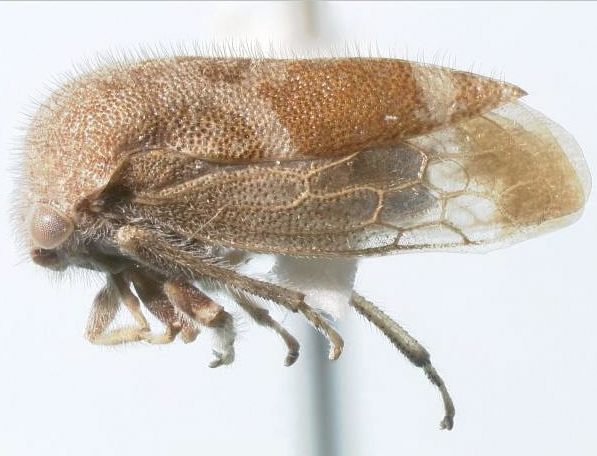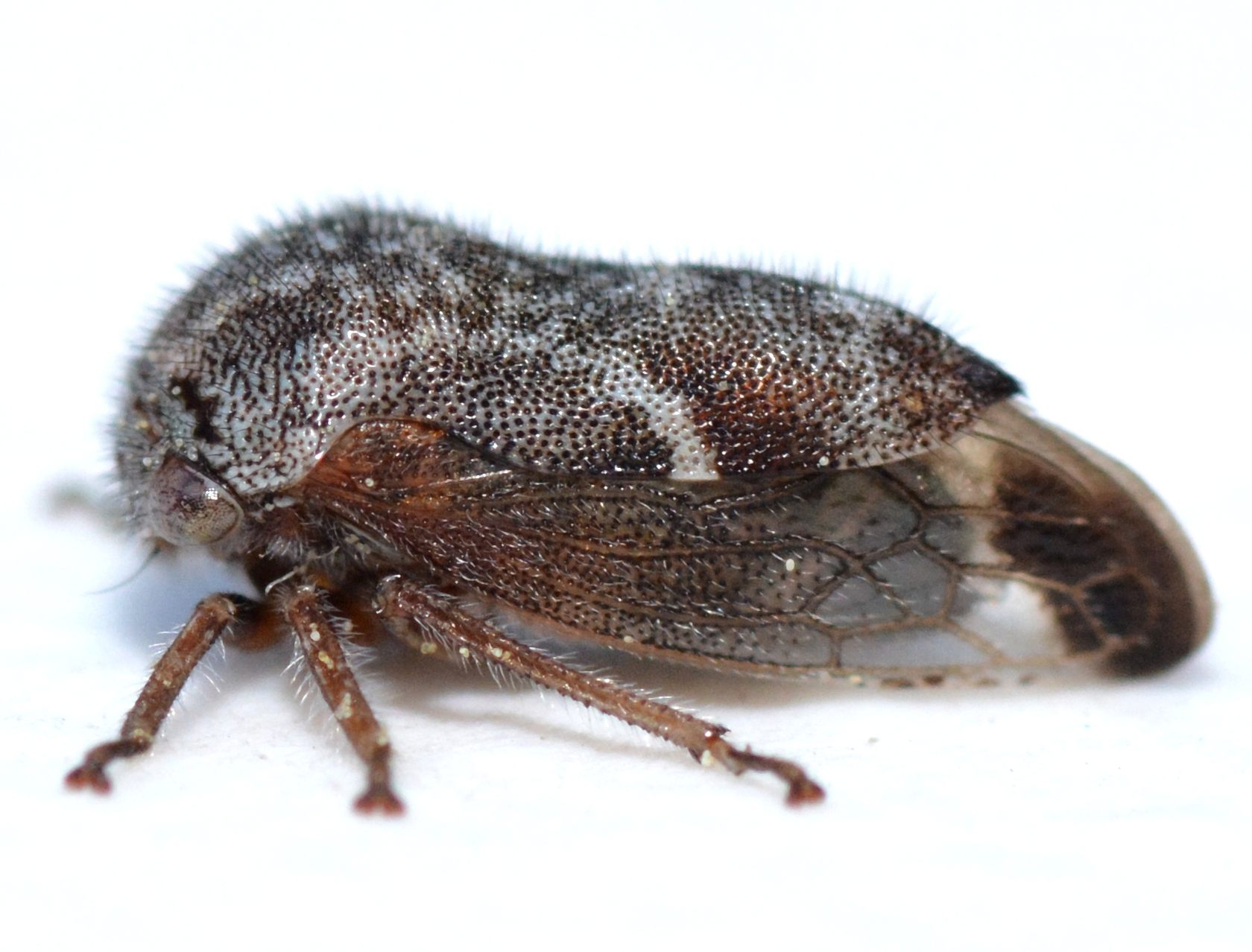| description |
Females are light brown mottled with white. There is an indistinct pale transverse band across the middle of the pronotum, separating the reddish-brwon rear from the darker, mottled front. As the name suggests, this species is hairy/pubescent. The wings have a brownish tinge to their base, and a brown smudge to the tip. The undersurface of the body is yellowish, with dark legs. Males are smaller and darker than the female, with a pronotum ranging in color from brown to blackish. There is a small transverse, white band near the rear of the pronotum, and a white band on the outer margin of the pronotum near the head, where it converges with the yellow of the head. The eyes are prominent and grayish, and the ocelli are transparent and protruding. The pronotum is closely and finely punctate, densely pubescent. The wings have a brownish tip, and the undersurface of the body is yellowish; the legs are also yellow with black bases. Adults males are 6.5 mm long, females are 7 mm. (Kopp, 1973) |
Species Photo Gallery for Ophiderma pubescens No Common Name |
 | Photo by: Matthew S. Wallace
Out Of State Co.
Comment: male | 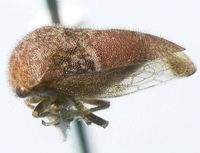 | Photo by: Mark J. Rothschild
Out Of State Co.
Comment: female |
 | Photo by: Mark J. Rothschild
Out Of State Co.
Comment: |  | Photo by: Kyle Kittelberger
Out Of State Co.
Comment: female, 6.4 mm |
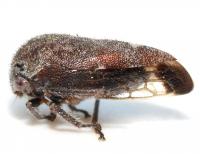 | Photo by: Kyle Kittelberger
Out Of State Co.
Comment: female, 6.4 mm |  | Photo by: Kyle Kittelberger
Out Of State Co.
Comment: female, 6.4 mm |
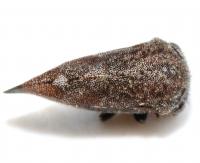 | Photo by: Kyle Kittelberger
Out Of State Co.
Comment: female, 6.4 mm |  | Photo by: Kyle Kittelberger
Out Of State Co.
Comment: female, 6.0 mm |
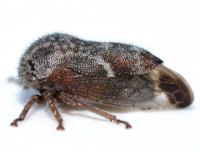 | Photo by: Kyle Kittelberger
Out Of State Co.
Comment: female, 6.0 mm | 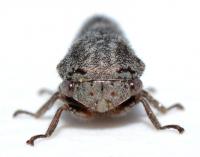 | Photo by: Kyle Kittelberger
Out Of State Co.
Comment: female, 6.0 mm |
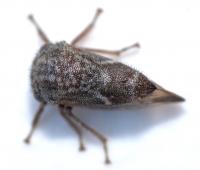 | Photo by: Kyle Kittelberger
Out Of State Co.
Comment: female, 6.0 mm | 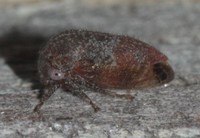 | Photo by: Julie Tuttle
Chatham Co.
Comment: This site is low-density residential in a dry, rocky hilltop oak-hickory forest dominated by white oak (Quercus alba) in the tree canopy. |
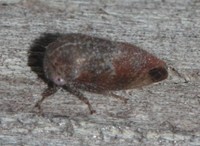 | Photo by: Julie Tuttle
Chatham Co.
Comment: This site is low-density residential in a dry, rocky hilltop oak-hickory forest dominated by white oak (Quercus alba) in the tree canopy. | 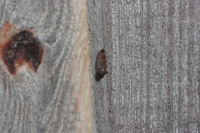 | Photo by: Julie Tuttle
Chatham Co.
Comment: This site is low-density residential in a dry, rocky hilltop oak-hickory forest dominated by white oak (Quercus alba) in the tree canopy. |
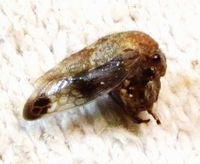 | Photo by: Ken Kneidel
Mecklenburg Co.
Comment: 7.5 mm female on Willow Oak, Quercus phellos, stuck in Tanglefoot on a tree band, others of both sexes nearby to be submitted separately | 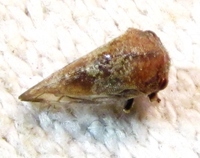 | Photo by: Ken Kneidel
Mecklenburg Co.
Comment: 7.5 mm female on Willow Oak, Quercus phellos, stuck in Tanglefoot on a tree band, others of both sexes nearby to be submitted separately |
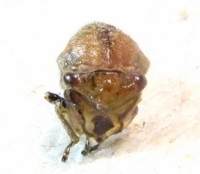 | Photo by: Ken Kneidel
Mecklenburg Co.
Comment: 7.5 mm female on Willow Oak, Quercus phellos, stuck in Tanglefoot on a tree band, others of both sexes nearby to be submitted separately | 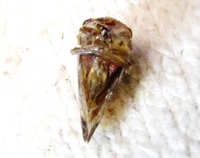 | Photo by: Ken Kneidel
Mecklenburg Co.
Comment: 7.5 mm female on Willow Oak, Quercus phellos, stuck in Tanglefoot on a tree band, others of both sexes nearby to be submitted separately |
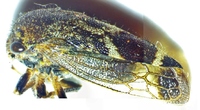 | Photo by: Ken Kneidel
Mecklenburg Co.
Comment: 7 mm male trapped in Tanglefoot on a tree band on Quercus phellos | 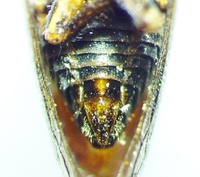 | Photo by: Ken Kneidel
Mecklenburg Co.
Comment: 7 mm male trapped in Tanglefoot on a tree band on Quercus phellos |
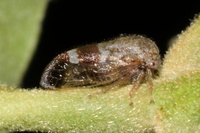 | Photo by: Scott Bolick
Montgomery Co.
Comment: | 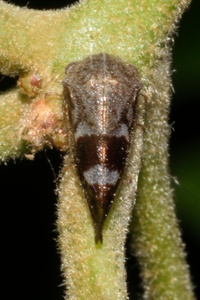 | Photo by: Scott Bolick
Montgomery Co.
Comment: |
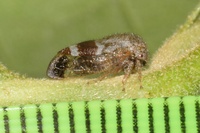 | Photo by: Scott Bolick
Montgomery Co.
Comment: | 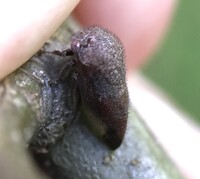 | Photo by: Ted Wilcox
Watauga Co.
Comment: unid_treehopper |
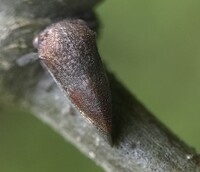 | Photo by: Ted Wilcox
Watauga Co.
Comment: unid_treehopper |  | Photo by: Ted Wilcox
Watauga Co.
Comment: unid_treehopper |
|

 »
»
